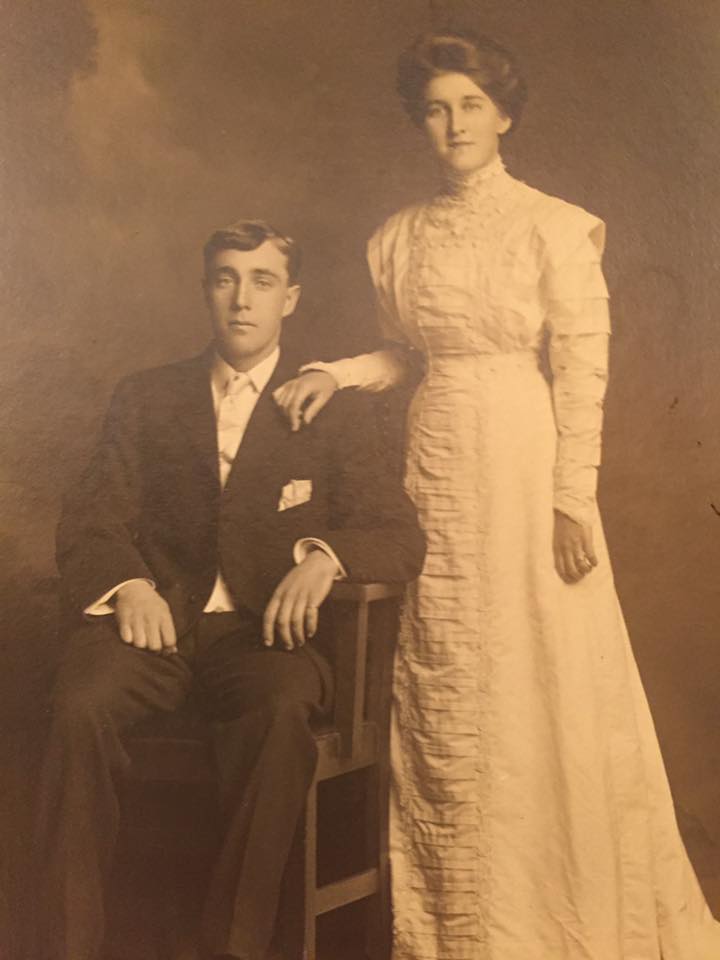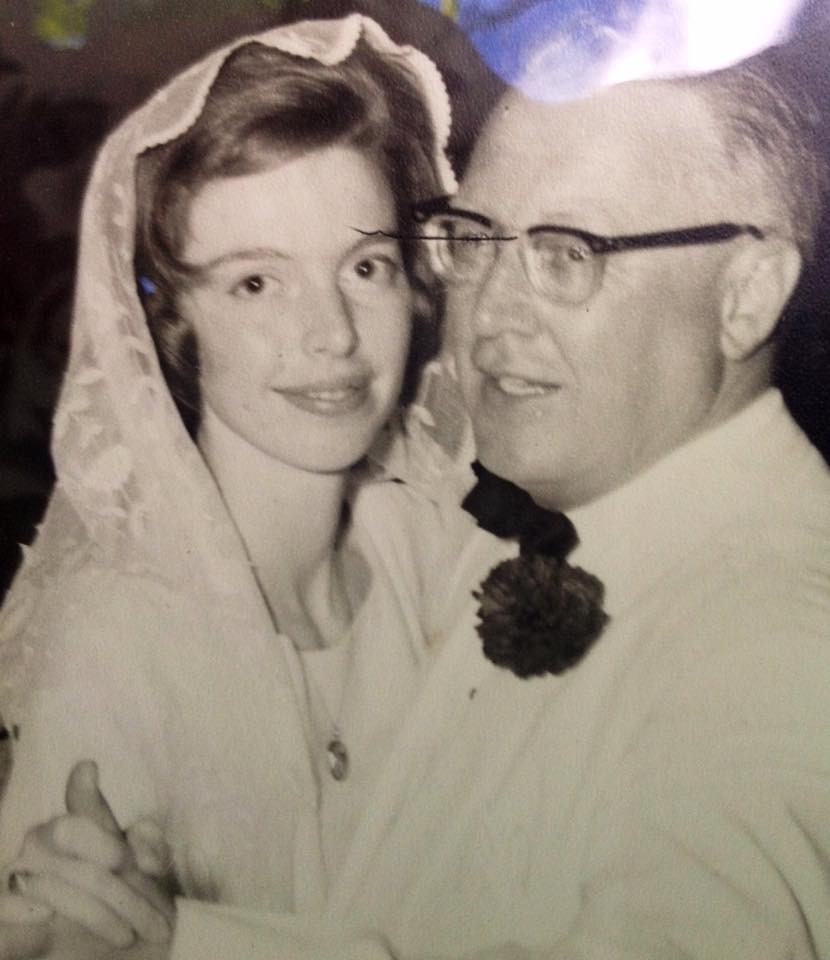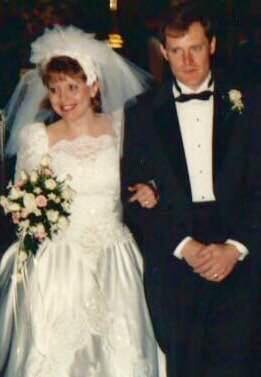By Christina Keyser Vida
(c) Connecticut Explored Inc. Winter 2017-2018
Subscribe/Buy the Issue!
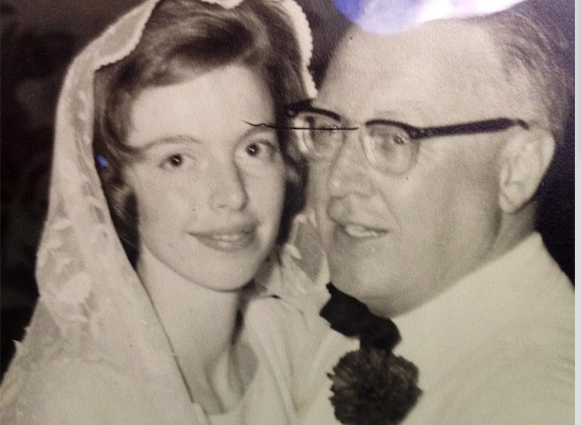 Here we feature not only the images we printed in the Winter 2017-2018 issue but others supplied by readers that we couldn’t fit into the print version. Thanks to all who sent in photos!
Here we feature not only the images we printed in the Winter 2017-2018 issue but others supplied by readers that we couldn’t fit into the print version. Thanks to all who sent in photos!
Today’s couples generally adhere to this progression: love, then marriage. But Connecticut Puritans in the 17th century typically followed the opposite path, choosing a suitable spouse to marry with the hope that love would follow. Claudia Johnson notes in Daily Life in Colonial New England (ABC-CLIO, 2017) that “love was not considered necessary before a marriage took place. Nor should love between husband and wife ever be greater than their love for God.” While religious beliefs were central to early colonists’ lives, magistrates officiated at weddings of the time. Ministers were not permitted to perform marriages in Connecticut prior to 1687. Early Puritans also eschewed the long-standing tradition of exchanging of rings as too catholic.
The notion of romantic marriages grew over the course of the 18th century as the Enlightenment took hold. Rings reappeared in the late 1700s as Puritan ideologies relaxed. Later, “love and marriage were greatly sentimentalized in antebellum fiction and popular art,” according to Nancy Finlay, in her Picturing Victorian America: Prints by the Kellogg Brothers of Hartford, Connecticut, 1830-1880 (Connecticut Historical Society, 2009). Queen Victoria’s wedding to Prince Albert in 1840 captured the world’s attention, and that event popularized the white wedding dress as a symbol of purity. The Kellogg brothers of Hartford published a lithograph of the ceremony, supplying the public’s demand for visual details of the romantic royals.
Queen Victoria later became an avid supporter of photography, commissioning portraits of herself and her family for the public and as private gifts. The cost of portrait photography decreased throughout the 1800s, making it possible for non-royal couples to capture images of themselves on or around their happy day, often in a nearby studio setting with a formal backdrop. The invention of Kodak’s #1 camera in 1888 sparked the rise of amateur photographers’ taking snapshots of newlyweds in more spontaneous moments before, during, and after the wedding ceremony.
Photography, whether professional or amateur, continued to play a key role in documenting Connecticut’s 20th-century couples. Many followed American wedding trends: the frugality of the 1930s and 1940s, the practiced formality of the 1950s, and the counter-cultural backlash of the 1960s and 1970s. Photos from the 1980s reflect the cultural impact of the 1981 royal nuptials of Prince Charles and Lady Di, the 1987 publication of Martha Stewart’s Weddings, and an economic boom that supported the burgeoning wedding industry.
While today’s Connecticut weddings can be lavish celebrations, they can also be simple private affairs. The State of Connecticut merely requires couples to be unrelated and over the age of 18, file an application, obtain a license, and have the ceremony performed by an approved officiant.
Christina Vida is former curator of the Windsor Historical Society and independent scholar, now residing in Richmond, Virginia.
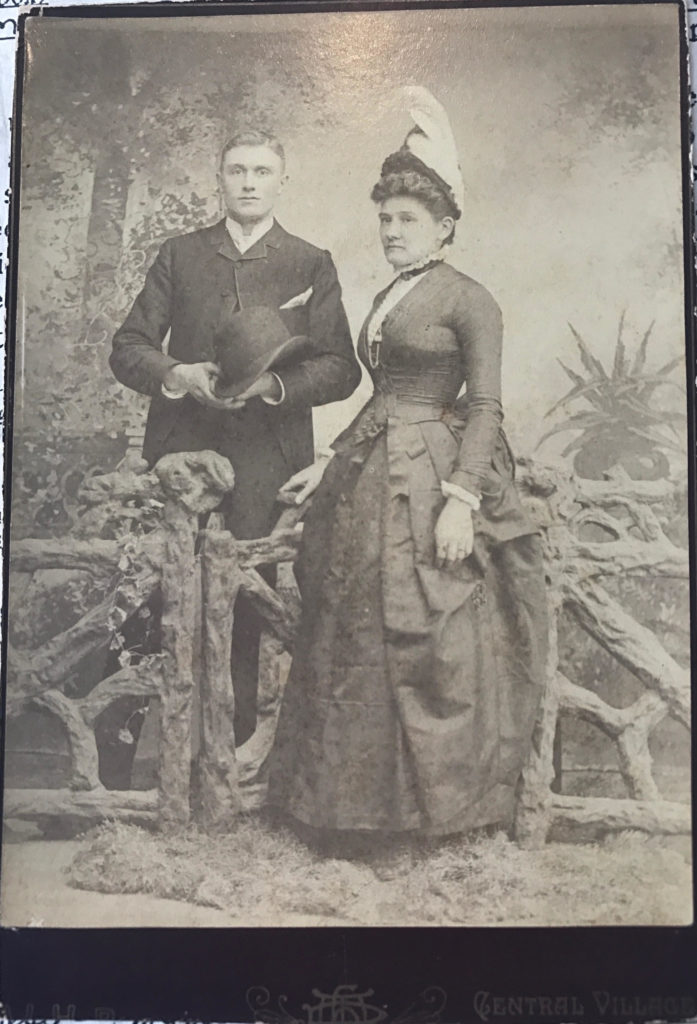
Phoebe Bourque and Archibald Fraser married in Moosup, in 1888. Bourque made her own dress. Their formal portraits were captured in a photography studio in nearby Central Village. Windham Textile & History Museum, Willimantic
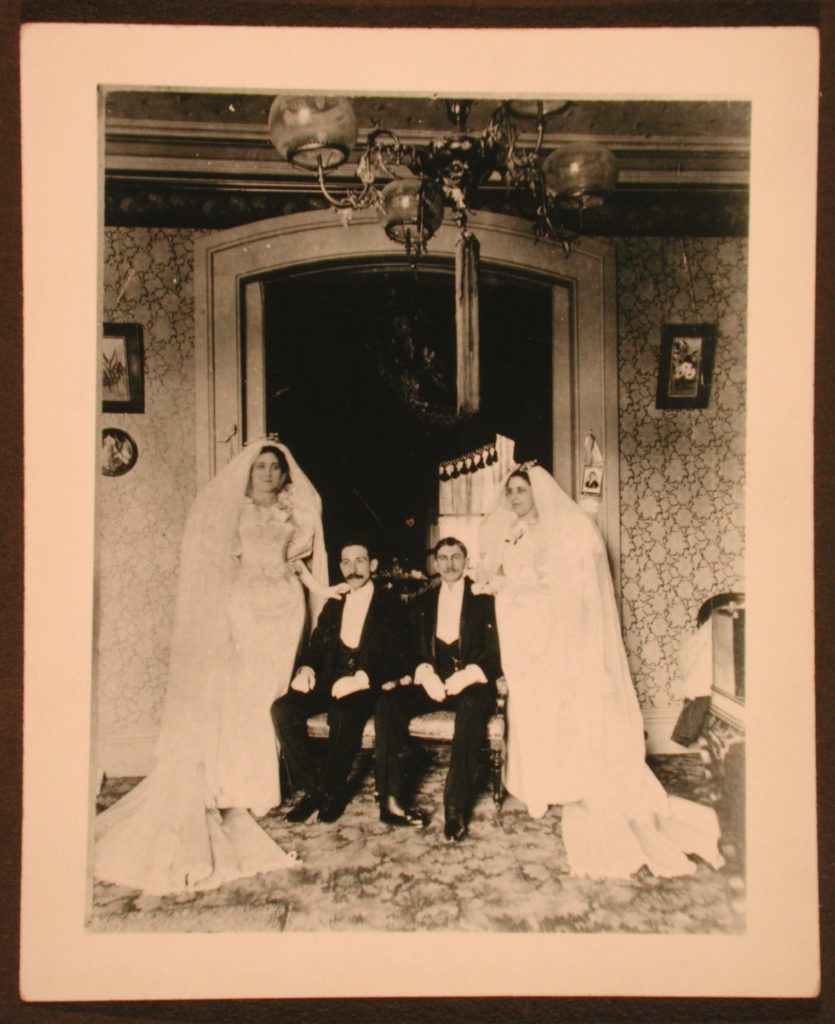
Sisters Hannah Stodell and Reyna Stodell had a double wedding ceremony on August 19, 1894 in their home at 20 Warren Street, New Haven. Hannah married Joseph Ullman (left) and Reyna married Abram M. Friedman. The Connecticut Historical Society
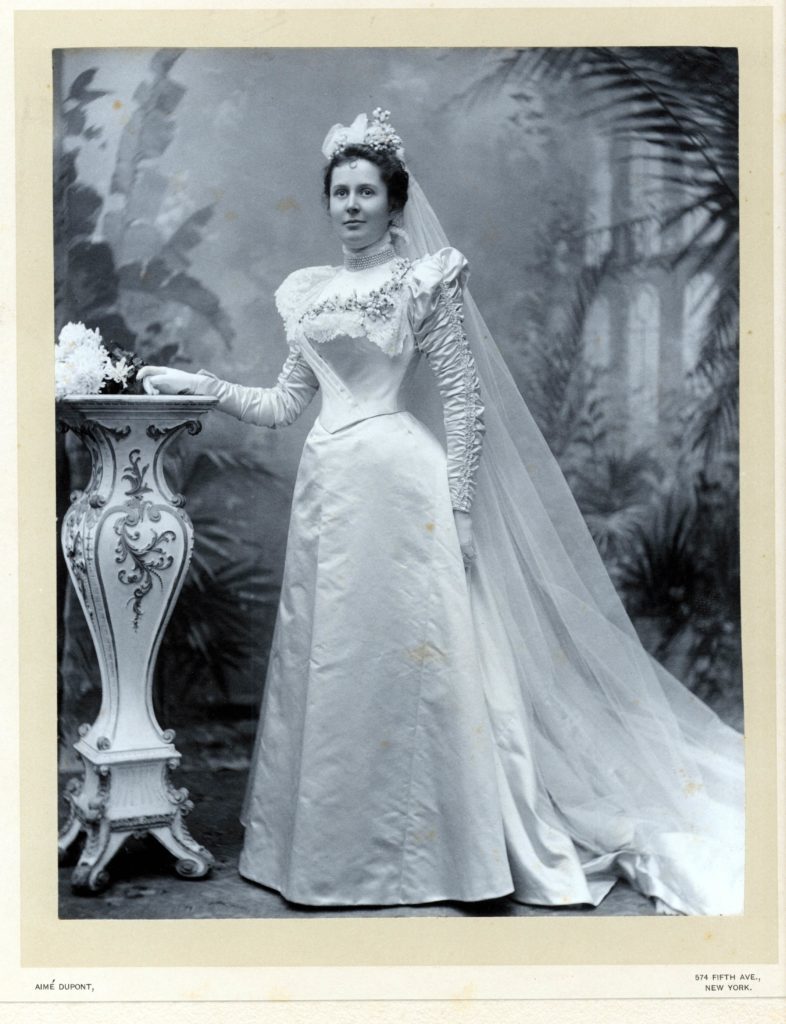
In 1897 Eva Follett became the second wife of Ira DeVer Warner, co-founder of Warner Brothers Corset Company in Bridgeport. She was in her twenties and he was in his fifties. Well-known photographer Aimé Dupont took her bridal portrait at his New York City studio. Fairfield Museum & History Center
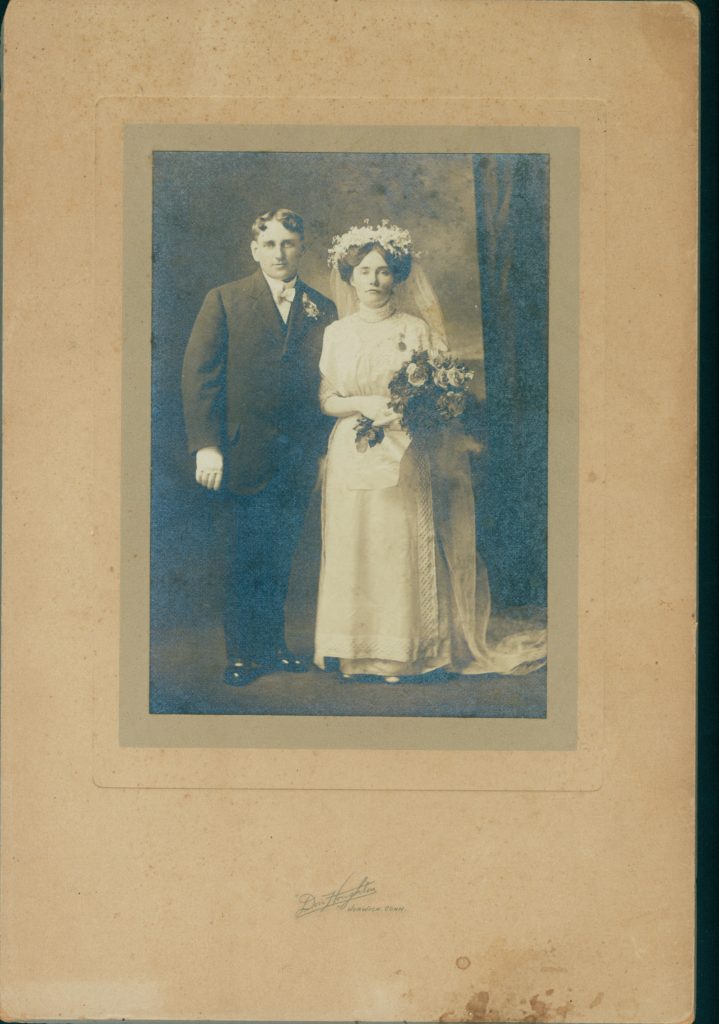
Charlotte Fuller married Guy Warner Eastman in Norwich in December 1904. Three years later, he was killed after being struck by a train in Boston. Charlotte Eastman, an artist, was the director of the Norwich Art School from 1910 to 1943 and never remarried. Slater Memorial Museum
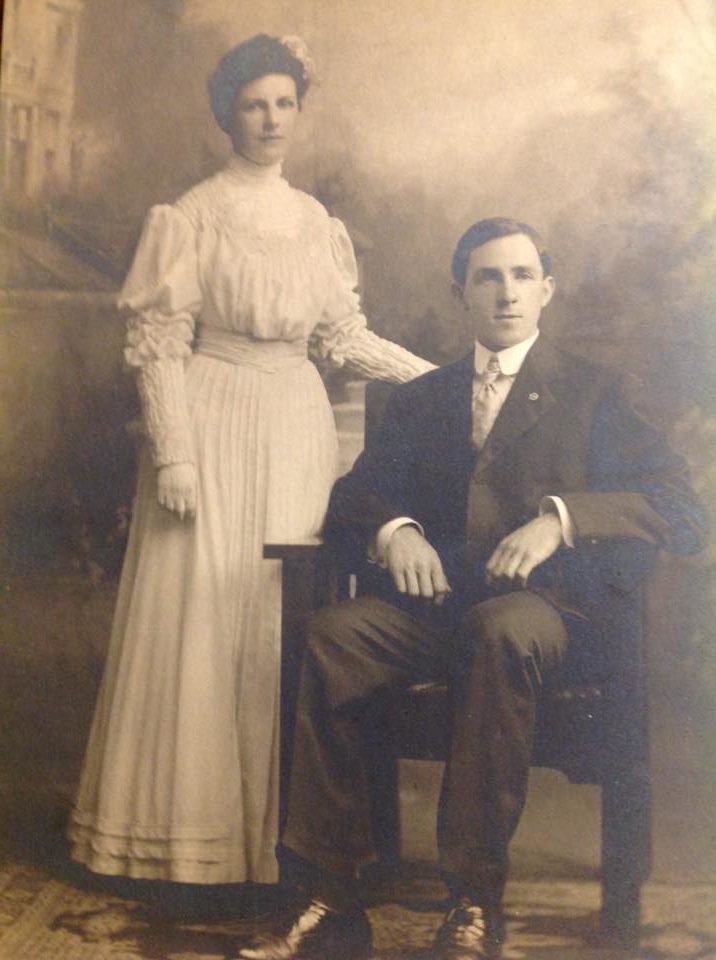
Carol Smith Charnquist’s grandparents Nellie Louise Symonds married Frank Miller Augur, October 24, 1906, Meriden
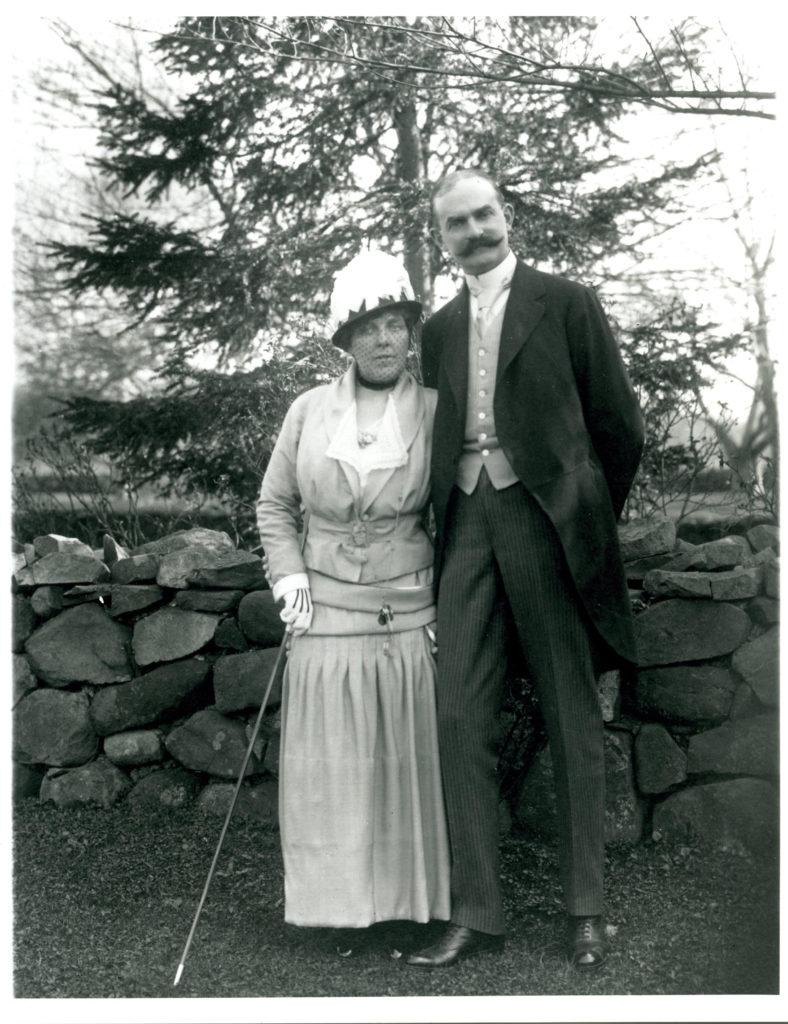
“She looked so sweet in rather light blue dress, with hat to match, flowers in one hand and cane in the other, and so collected and self-contained,” wrote one of Theodate Pope’s cousins after attending her wedding to John Riddle in May 1916. They married at Pope’s home, Hill-Stead, in Farmington. Hill-Stead Museum, Farmington
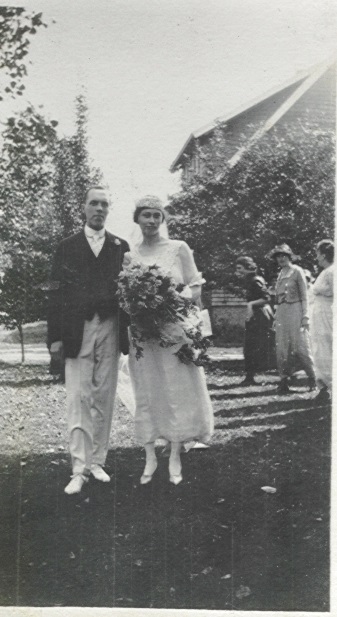
Barbara Mathews’s paternal grandparents on their wedding day, September 8, 1920, in Milford, Connecticut, at the bride’s family home.
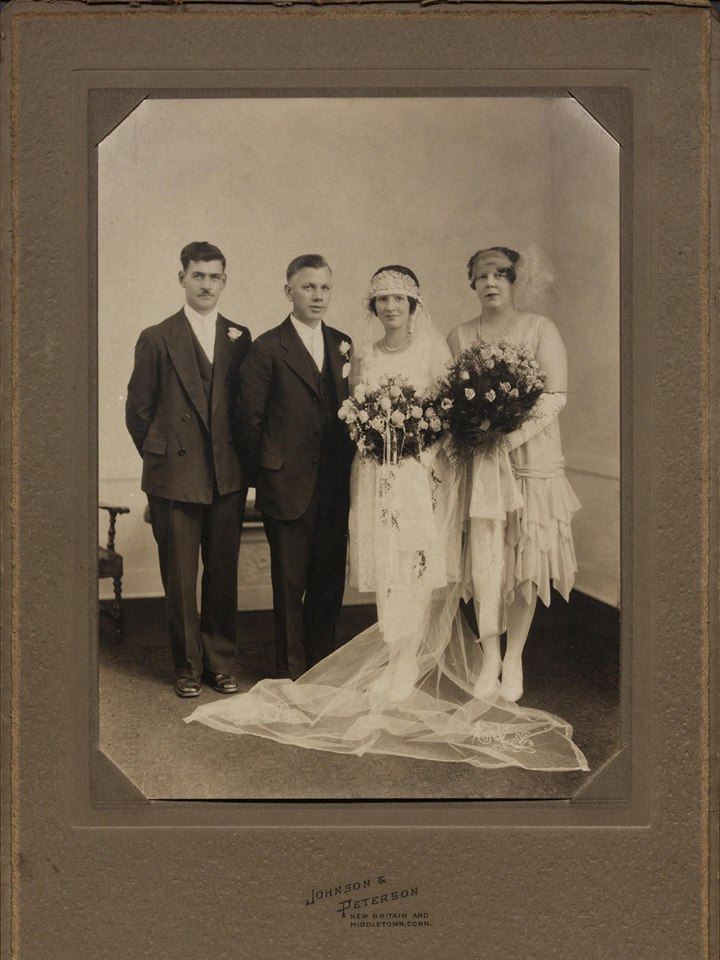
Minnie Heinzmann and Oskar Lindquist exchanged vows in New Britain’s South Church on October 13, 1928. Courtesy of Henry Arneth
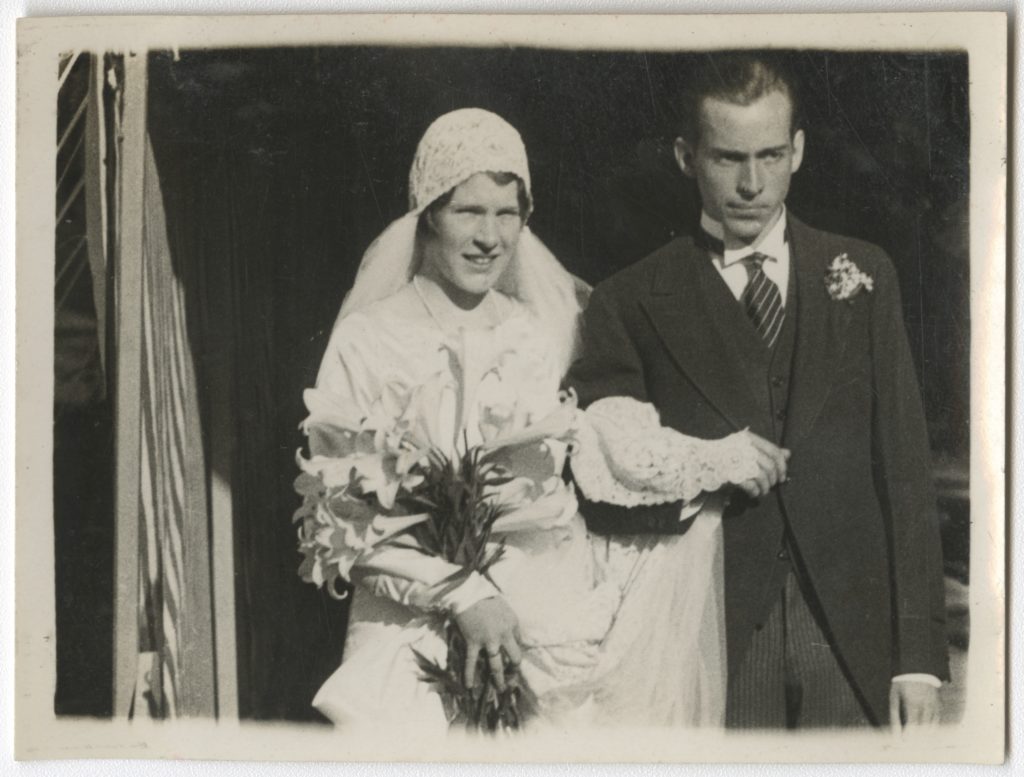
John Coolidge, son of President Calvin Coolidge, met Florence Trumbull, daughter of Connecticut’s governor, on a train in 1925 while heading to Washington, D.C., for his father’s inauguration. The celebrity couple received national attention when they married in 1929 in Plainville’s South Church. The Chicago Tribune reported that “more than 1,500 giant yellow chrysanthemums, transported from California by special car, will be used in the decoration of the church.” The Connecticut Historical Society
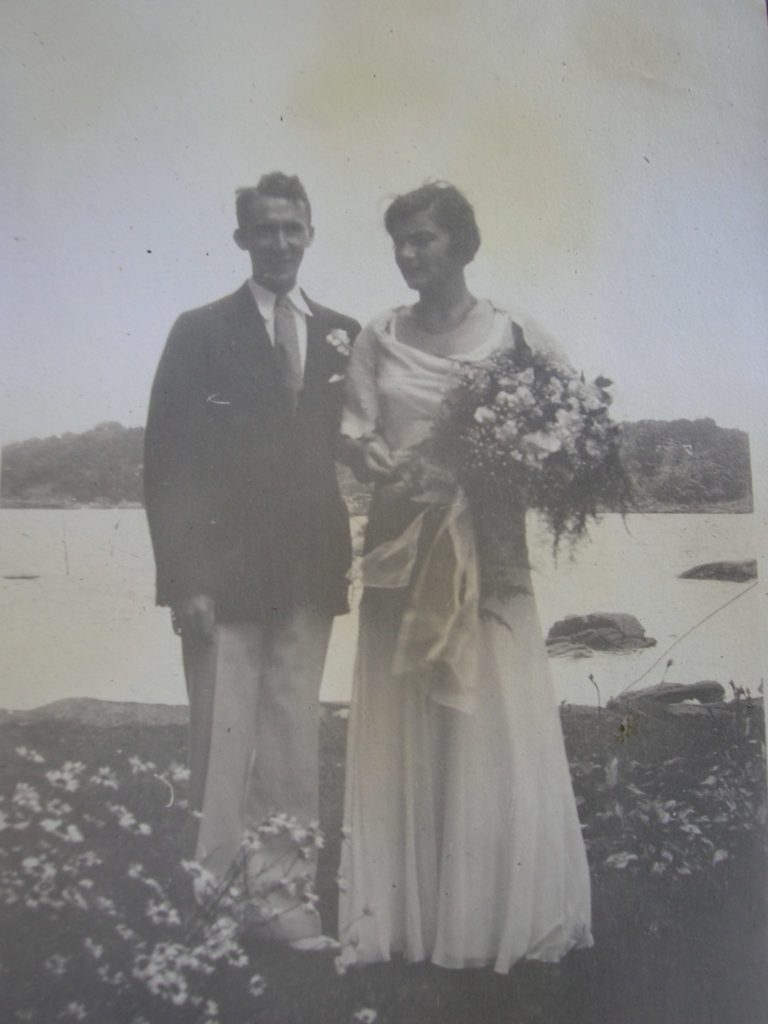
Julie Tschanz’s parents Henrik Martin Mayer and Jessie Goetz Hull, July 1, 1932 at Shepherd’s Point, Branford
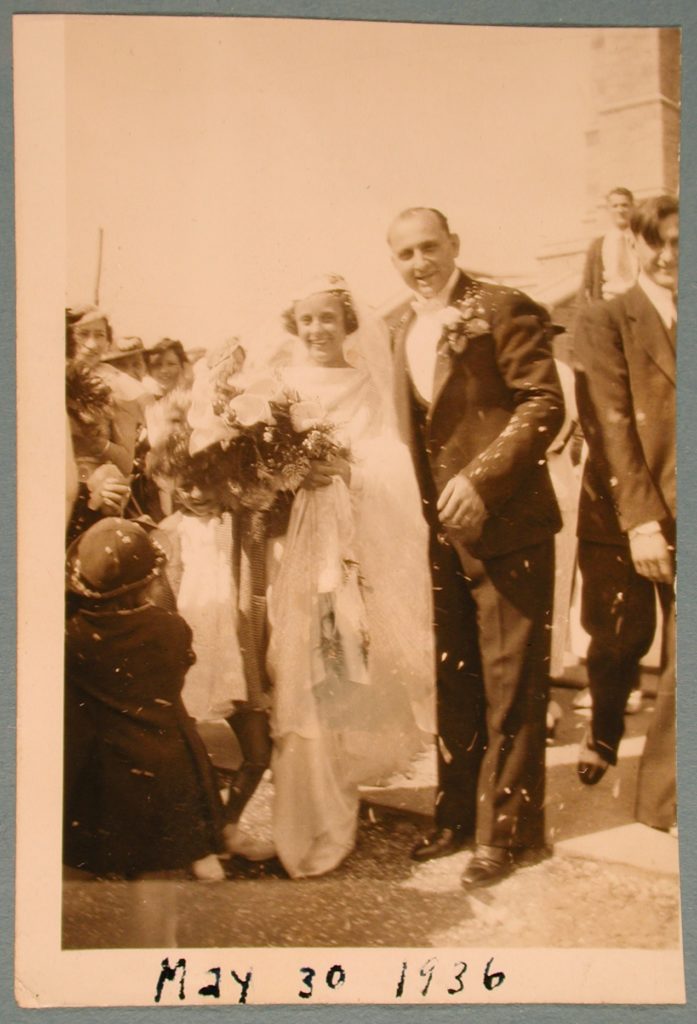
Adella Smolensky and John M. Sliva married on May 30, 1936 in New Britain. This snapshot shows the happy couple exiting Holy Cross Church. The Connecticut Historical Society
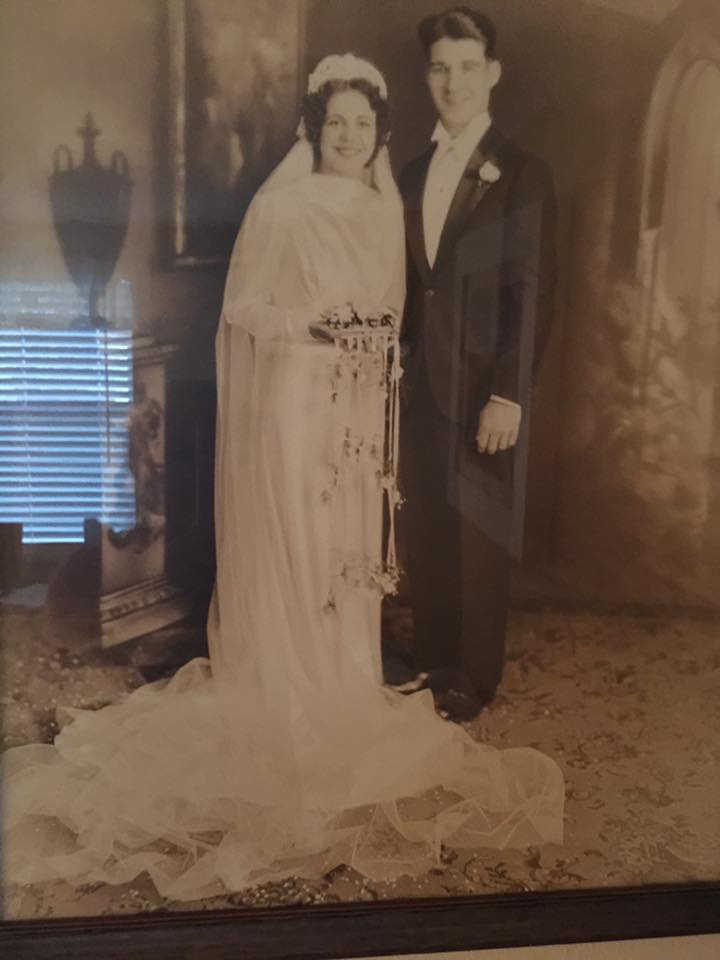
George Martineau to Mary Celone, June 23, 1937, St. Michael’s, New Haven. Submitted by Joyce Martineau
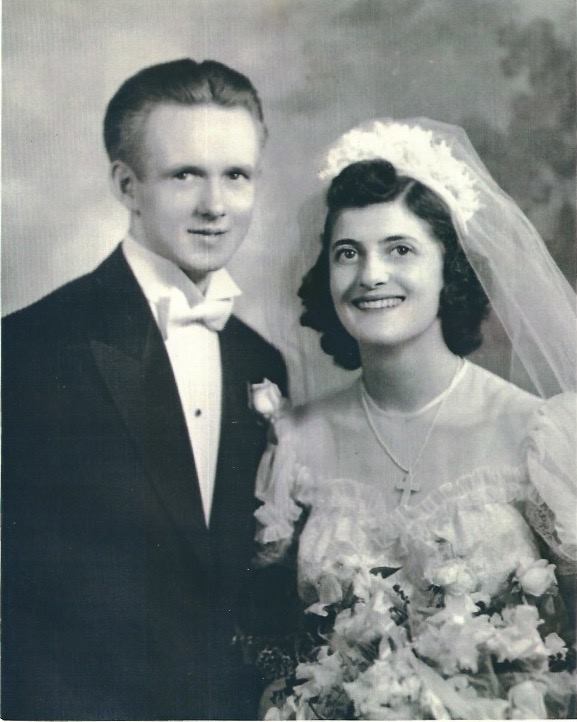
Linda Torson Volpi’s mother and father, Edward Torson and Laura Rinaldi, married on May 24, 1941 in Torrington.
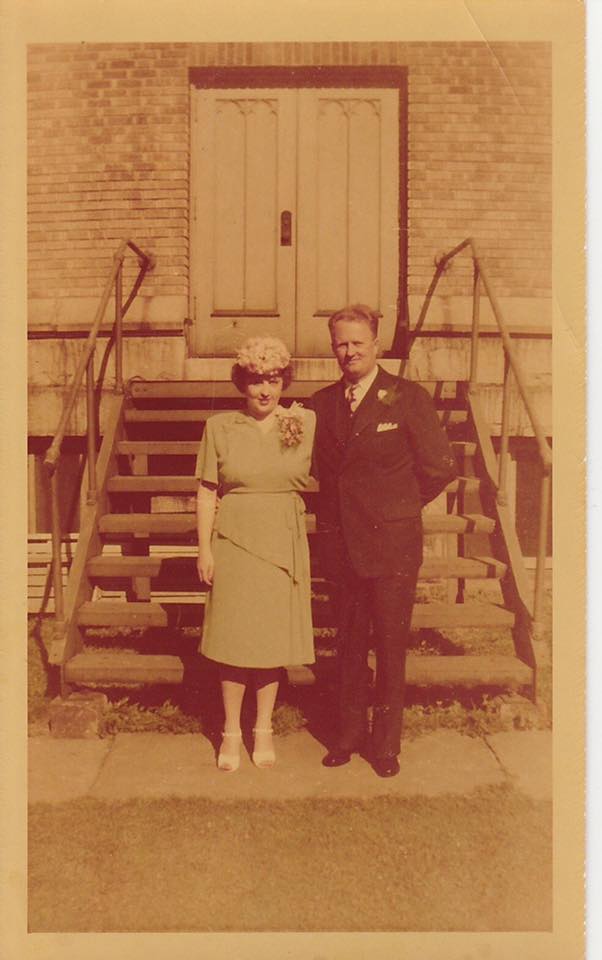
Linda Tremley’s parents Edith and Victor Olson just married at Emanuel Lutheran Church in Hartford, July 27, 1946
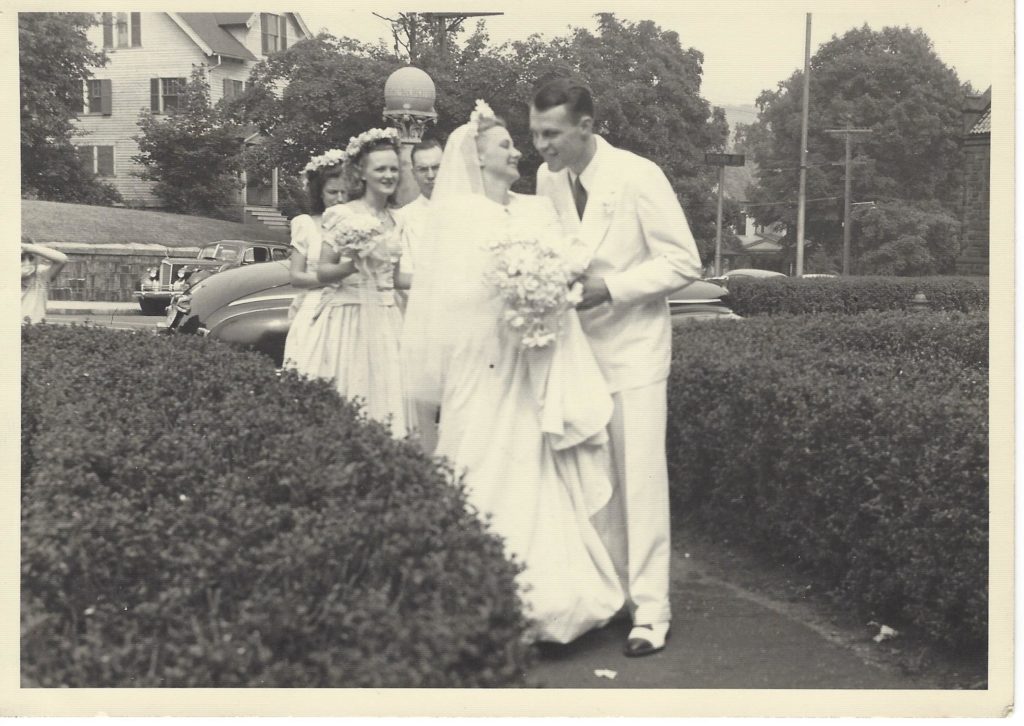
Barbara Mathews’s parents in 1947 in Ansonia. “My mom had a teardrop neckline. It was a summer wedding, 6/28/1947”
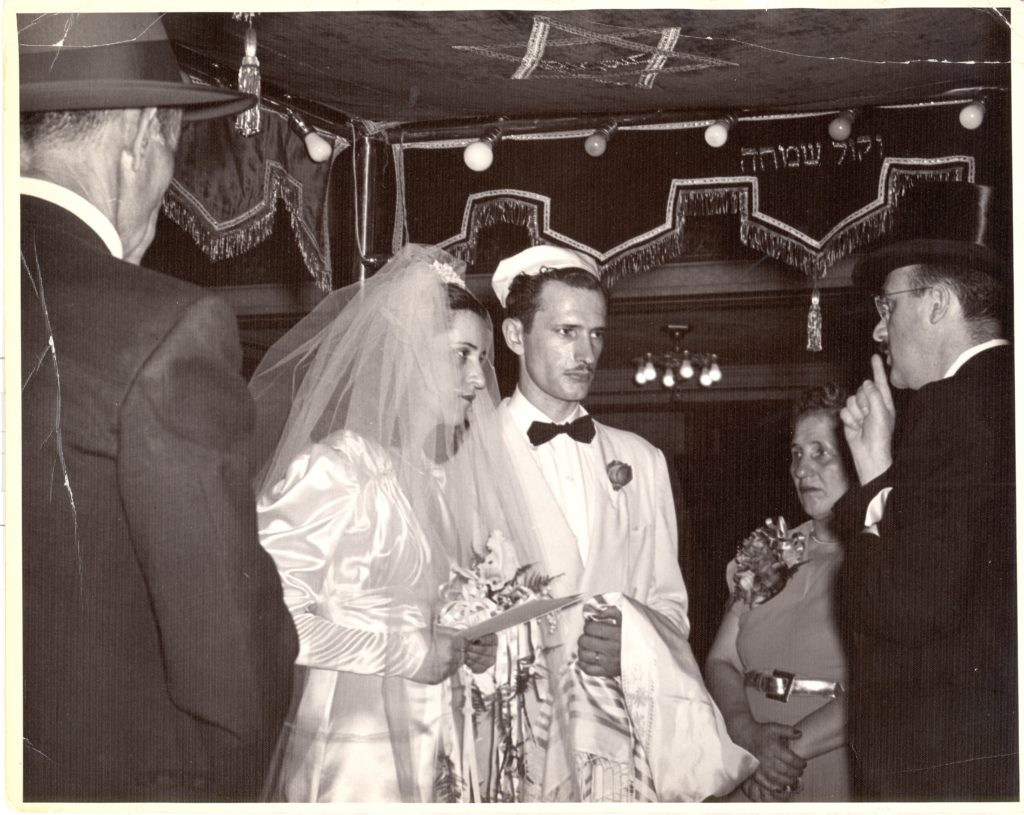
In 1947 Gloria Ben Maor and Joseph Turner married at Agudas Achim synagogue on Greenfield Street in Hartford. Jewish Historical Society of Greater Hartford
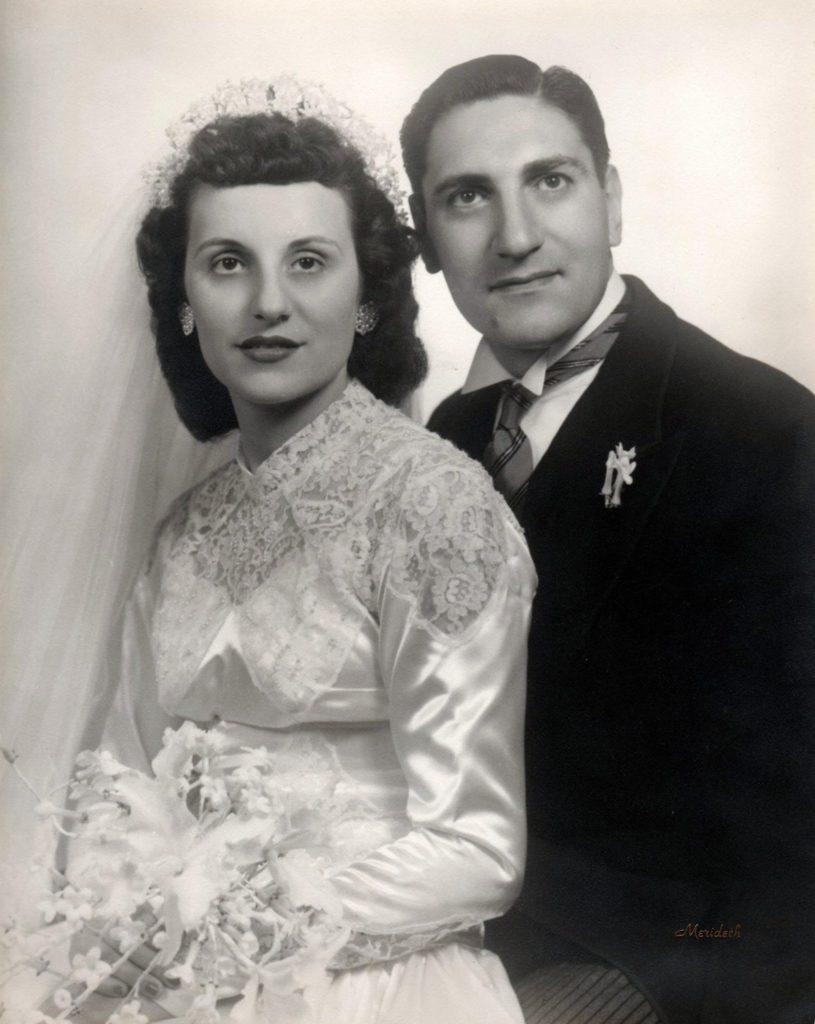
Robert and Helen De Fiore united in marriage on August 11, 1951 at Our Lady of Lourdes Church in Waterbury. Courtesy of Roberta De Fiore
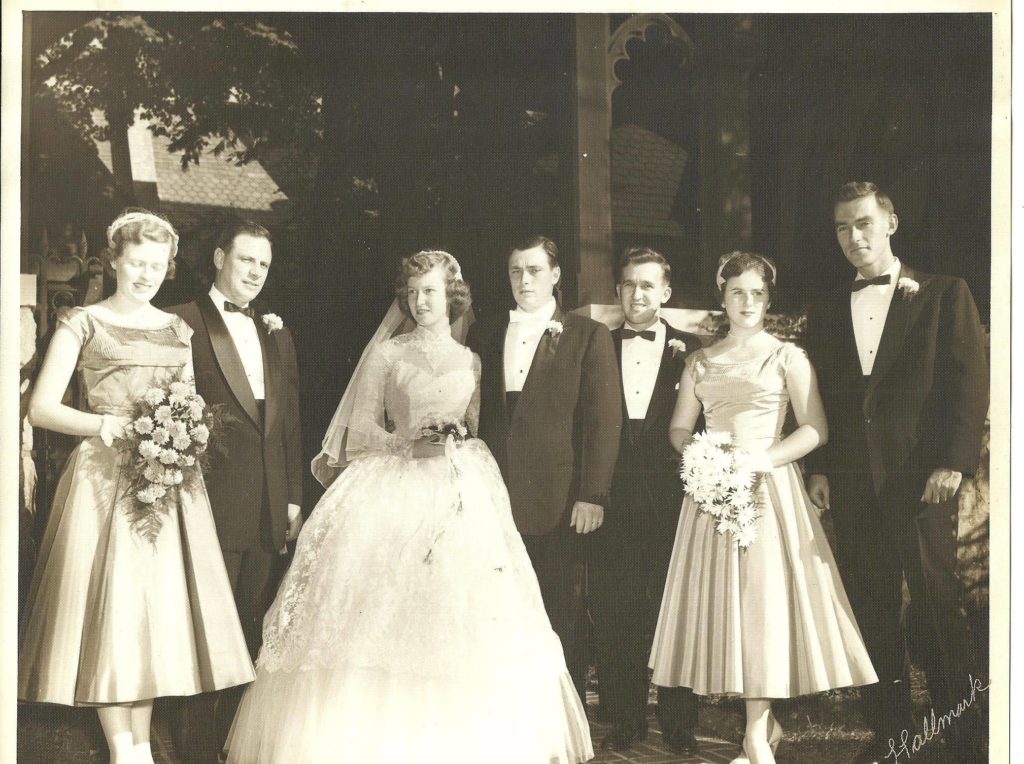
This happy couple surrounded themselves with their wedding party outside of Trinity Episcopal Church on September 29, 1956 in Torrington. Courtesy of Susan McClen
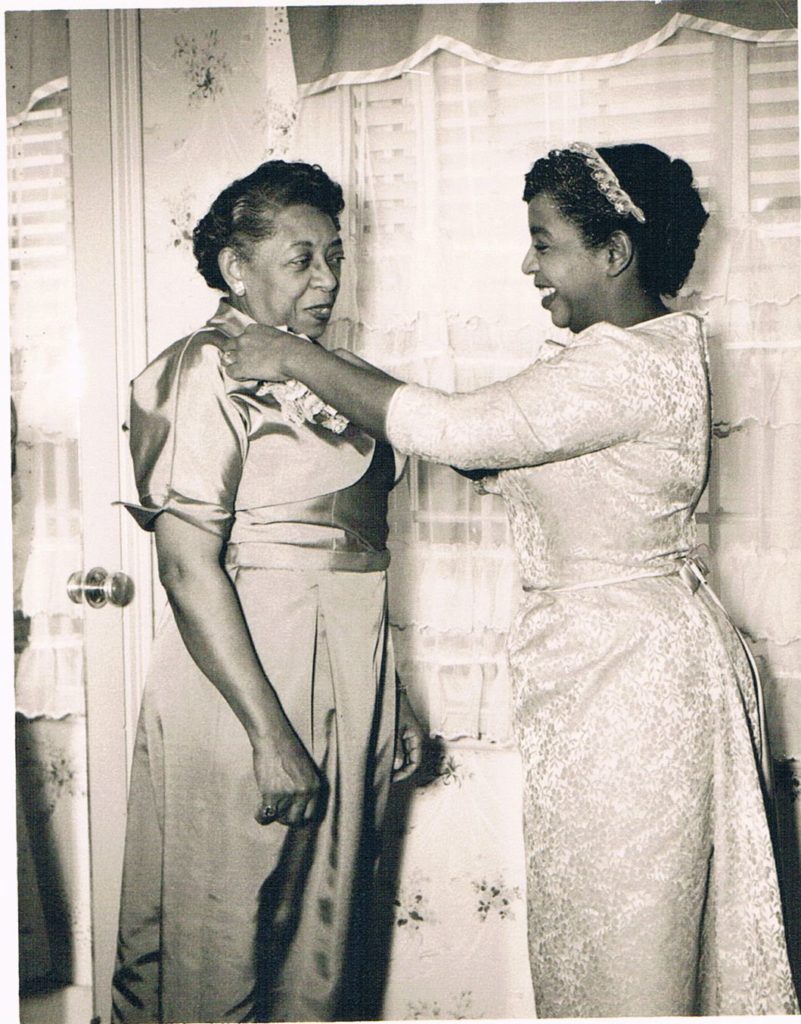
Betty Powers (right) married John Mitchell in Hartford in 1957 in a dress made by her mother, Sarah Powers (left). Courtesy of Frank Mitchell
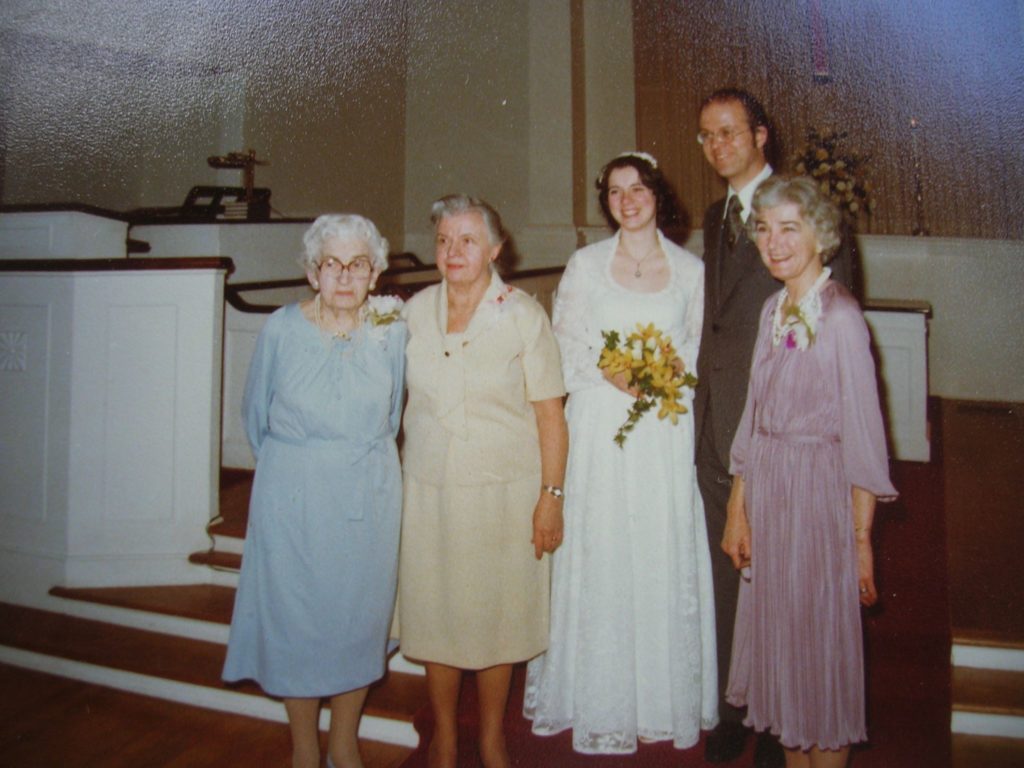
Julie Hull Mayer and Erwin Arnold Tschanz, March 10, 1979, Essex. from left to right: Anna Goetz Hull, Maria Mikalek, Julie, Erwin, Jessie Hull Mayer
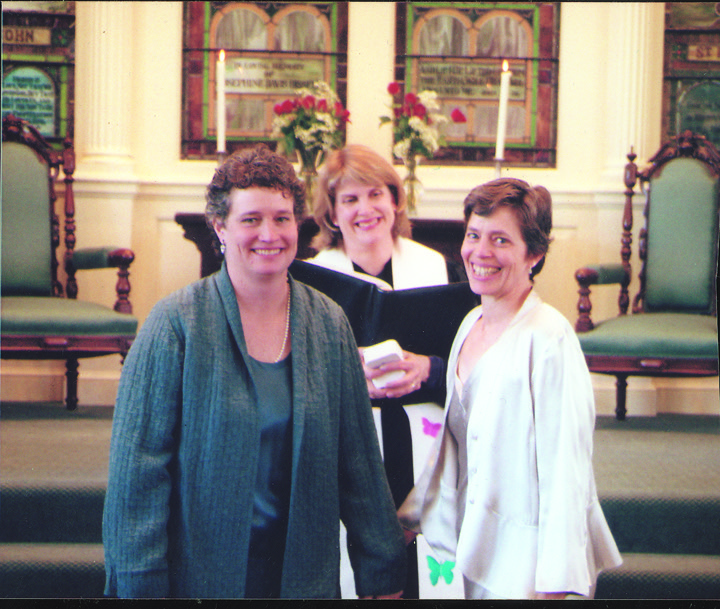
Connecticut was the second state to allow civil unions, beginning in 2005, and the third to allow same-sex marriage, in 2008. Shown here: Beth Bye and Tracey Wilson’s 2005 civil union ceremony in the Universalist Church of West Hartford. The Hartford Courant noted their marriage on November 12, 2008 as the first same-sex marriage in Connecticut, though it was not the only one that day. Courtesy of Beth Bye and Tracey Wilson
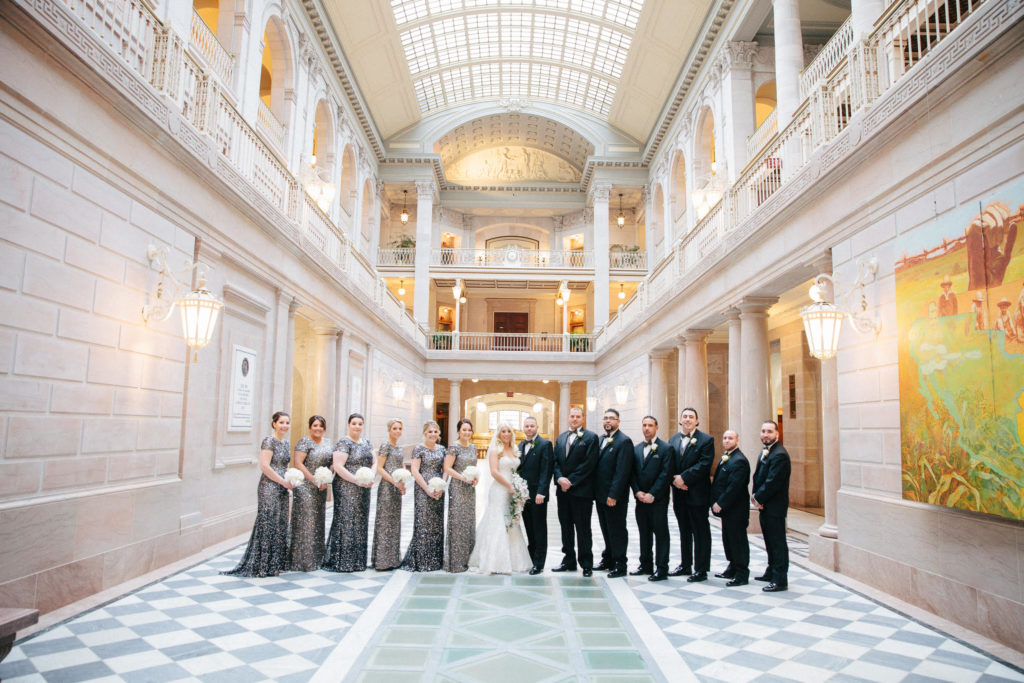
Connecticut’s earliest town halls displayed “marriage banns,” or written announcements, three consecutive weeks before a betrothed couple planned to marry. The century-old Hartford City Hall has witnessed the beginning of many marriages. Alan and Mara Trott stopped by on March 5, 2016 after their ceremony at St. Thomas the Apostle Roman Catholic Church. Courtesy of Amber Jones Photography

